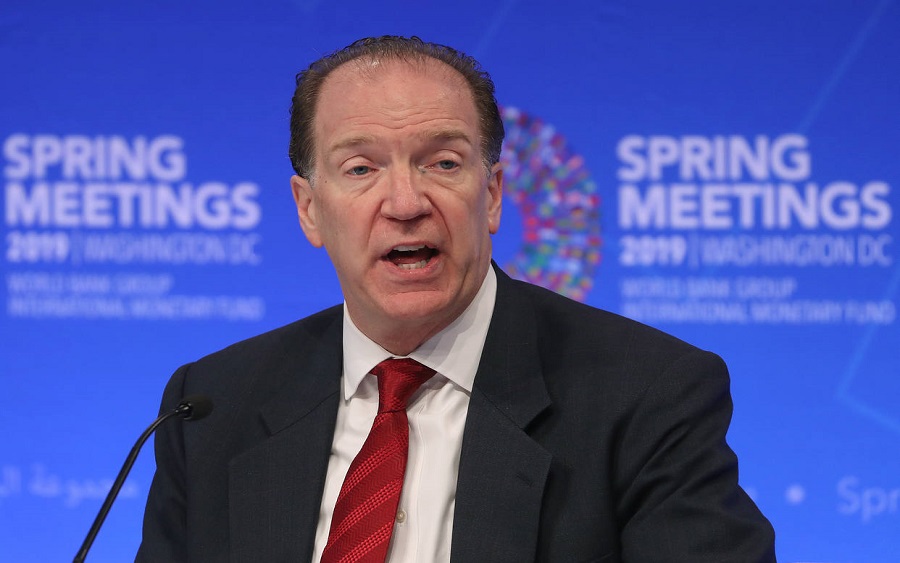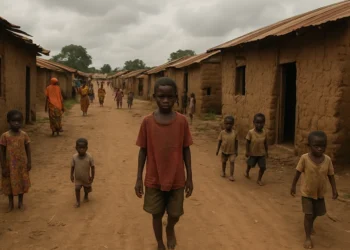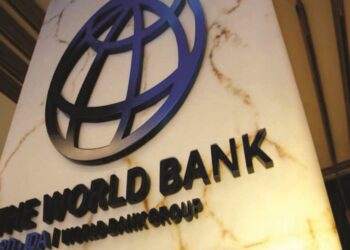The recently released Poverty and Shared Prosperity Report 2020 by the World Bank Group indicates that between 88 million and 115 million people could fall back into extreme poverty as a result of the COVID-19 pandemic.
This is in addition to an increase of between 23 million and 35 million in 2021, potentially bringing the total number of new people living in extreme poverty to between 110 million and 150 million.
According to the report
- Pandemic-related job losses and deprivation worldwide are hitting already-poor and vulnerable people hard, while also partly changing the profile of global poverty by creating millions of ‘new poor’.
- Original analysis included in the report shows that the new poor are more urban, better educated, and less likely to work in agriculture than those living in extreme poverty before COVID-19.
- These results are important for targeting policies to safeguard lives and livelihoods. The report discusses early evidence that the pandemic is deepening income inequality, threatening inclusive economic recovery and future growth. It shows how some countries are deploying agile, adaptive policies to reverse the crisis, protect the most vulnerable, and promote a resilient recovery.
- COVID-19 is expected to push some 100 million people into extreme poverty in 2020 alone. Armed conflict is also driving an increase in poverty in some countries and regions. In the Middle East and North Africa, for example, extreme poverty rates nearly doubled between 2015 and 2018, from 3.8 percent to 7.2 percent, spurred by the conflicts in the Syrian Arab Republic and the Republic of Yemen.
- Up to 132 million people may fall into poverty by 2030 due to the manifold effects of climate change. Although the worst economic and welfare effects lie further in the future. In some settings, poverty is already intertwined with vulnerability to climate-related threats such as flooding and vector-borne diseases.
What you should know
- Poverty and Shared Prosperity report is an annual publication by the World Bank Group. The report jointly analyses three converging forces that are driving increase in global poverty and threaten to extend its effects far into the future.
- Climate change may drive about 100 million additional people into poverty by 2030, many of whom reside in countries affected by institutional fragility and armed conflict, and where global extreme poverty is increasingly concentrated, such as the Sub-Saharan Africa (SSA).
- The report provides new evidence on emerging ‘hot spots,’ where multiple threats to poor people’s lives and livelihoods converge, which are mostly found in Sub-Saharan Africa (SSA).
- The World Bank Group has stepped up its support for regions in which extreme poverty is increasingly concentrated such as SSA.





















